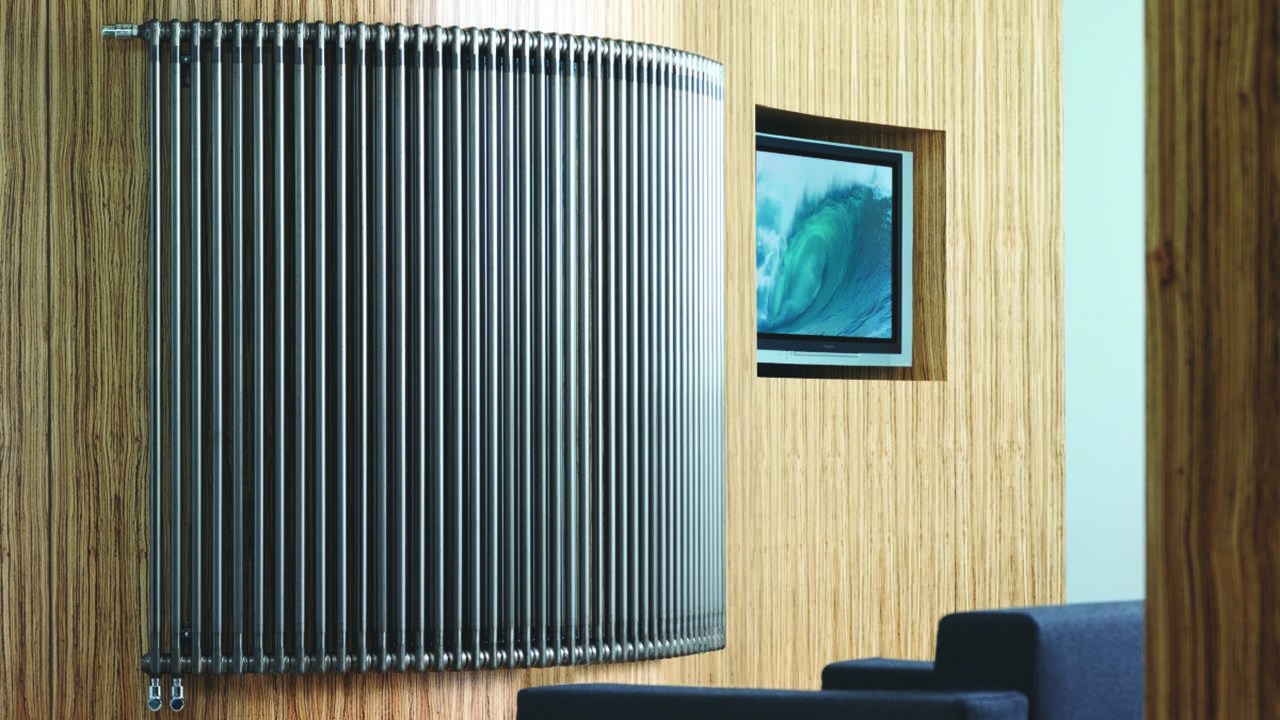

Multi-column radiators are the perfect fusion of traditional and modern technology – offering comfortable warmth, efficiency, and timeless design since the 1930s.
The fact that this style of radiator has become such a classic is down, in no small part, to its capacity to evolve – and now, with progressive technology running through the manufacturing process, its popularity shows no sign of waning.
This design has not only withstood the test of time, but now boasts some of the best efficiency and adaptability for all living environments.
The modern multi-column radiator benefits from unique manufacturing processes, such as innovative, precise laser welding methods to produce sectional radiators – and this is setting new standards for quality and technology in terms of precision, quality, and functionality.
Revolutionary primer coatings and epoxy powder coating colour finishes are also being applied to provide resistance to corrosion and a more durable finish compared to traditional flash welding.
Championing sustainable heating
Multi-column radiator design and manufacturing, however, wouldn’t keep their edge without a parallel drive for innovation into efficiency and sustainability.
The UK’s heating building regulations, specifically Part L, place stringent standards on the energy performance of buildings, pushing for the integration of low carbon technologies and efficient heating systems in homes and working buildings.
One of the critical aspects of Part L is the emphasis on reducing energy demand through improved insulation and heating system design – this is where evolved radiator technology steps in.
The enhanced heat transfer capabilities of modern radiators allow for lower water temperatures in the heating system, promoting a more efficient use of energy resources.
Installers are central to ensuring compliance with these regulations, while delivering comfort building occupants. And choosing a model from a manufacturer championing the latest sustainable and high performing standards is vital.
By embracing such technology, installers contribute to a reduction in energy consumption, subsequently lowering greenhouse gas emissions and reducing energy bills for customers.
Multi-column radiators meet those requirements perfectly. They are generally made of highly recyclable materials (usually metal), are manufactured for energy efficient connections to renewable heating systems, such as heat pumps, and offer a high proportion of radiant heat throughout the home.
Inside the multi-column, steel flow diverters – pre-welded into the radiator for optimum performance – spread the water flow around the whole radiator to maximise efficiency, and are fully reversible to meet existing flow and return connections.
The rise of solvent-free manufacturing also enables the creation of personalised aesthetics for these radiators– such as colour variations and anti-bacterial coatings, but with top level environmental protection.
Installation and fit
The unique construction of a multi-column radiator comes with specific installation benefits, making installation straightforward. For example, wall-mounted brackets onto which the radiator is hooked before being fixed in place. Accessories such as these reduce not only the risk of installation errors, but also of accidents caused by the radiator unintentionally unhooking from the bracket.
The multi-column design benefits don’t end there, however. Sections can be added or removed during manufacturing, allowing for length adjustments, while tubes can be manufactured to required heights, even embracing curves, which opens up unlimited possibilities for custom shapes and sizes. This flexibility not only ensures a perfect fit, but can also add a distinctive visual touch to a space.
At Zehnder, for example, we offer a bespoke service that allows our customers to specify the precise dimensions of their radiator, providing a solution for unique spaces. This is particularly welcome for builds with awkward or uniquely styled rooms, offering design options and countless fit opportunities – from angled or curved radiators, to room dividers and even stair rails.
By providing the height, width, and depth to suit the space, manufacturers can ensure optimal heat output and an ideal fit, complementing the design of the room flawlessly.
These unassuming radiators don’t just follow the trend; they set it. Their seamless integration with low temperature systems, design flexibility, and efficiency in delivering warmth while conserving energy, establish them as essential elements in any climate-friendly solution, leading us toward a future that is sustainable, good looking and invitingly snug.
If you'd like to keep up-to-date with the latest developments in the heating and plumbing industry, why not subscribe to our weekly newsletters? Just click the button below and you can ensure all the latest industry news and new product information lands in your inbox every week.